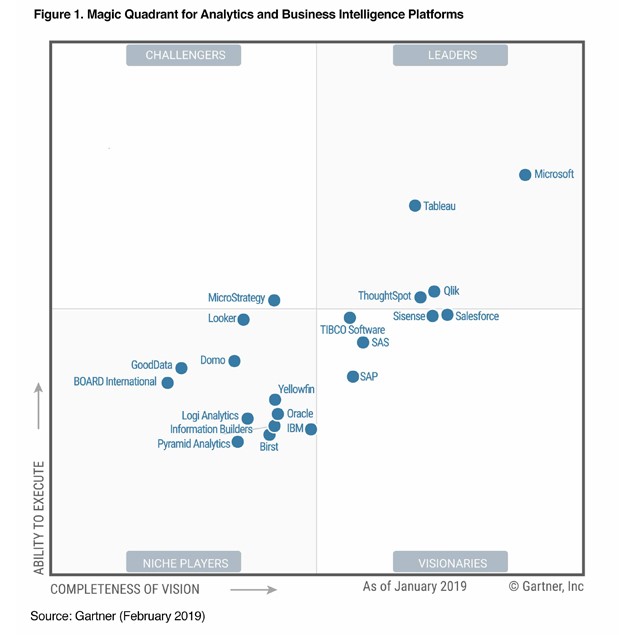New to Microsoft Power BI? From Implementation to Training, Here’s All You Need to Know to Get Started
Power BI is a valuable tool for gaining important insights, so here are some tips on the best place to start with Power BI implementation.
Table of Content
Microsoft Power BI is the leader in the analytics and Business Intelligence marketspace. Many times, businesses want to begin leveraging business intelligence tools like Power BI but aren’t sure were to start. When evaluating a new Power BI implementation the first place to start is with the data.

First, review how your data is created and where it is stored. Is it on-premises or in the cloud? If your data is on-premises, you will need to do a few more steps than you would if your data is stored in the cloud. Cloud data sources are systems like an Azure database, Microsoft Dynamics 365 Customer Engagement or BI360, in which your information is stored on the provider’s servers.
On-premises sources are things like local structured query language (SQL) databases or flat files like excel workbooks. Your company stores this data on your own servers, which are often housed in the building. For on-premises data sources, you will need to install an enterprise gateway on the same workspace that the data lives. For data that is cloud-based, there is no need for the data gateway.
Once we know what your data environment looks like, we can start working on the following Power BI implementation steps.
The next step to a successful Power BI implementation is to install Power BI desktop. Similar to the gateway, if your data is on-premises then the desktop application will need to be in the same location as the data. If you are using cloud data, the desktop application can be anywhere that has internet access. With Power BI desktop, developer and analyst users will build the Power BI reports that your end users will consume. Learn more about the Power BI user types here.
Once the reports are ready to share, they will be published to powerbi.com. From powerbi.com, the reports will be assigned to workspaces and then shared with end users. Everyone that wants to consume a report will need a Power BI Pro license. Please don’t stop reading here, Pro licenses only cost $9.99 a month per user, which is well below other competitors in this market. For example Tableau is anywhere from $12 – $70 per user per month. Unlike Tableau, Power BI only has one license level to worry about and that is the Pro user license.
In conclusion, there are two paths that you could go down when implementing Power BI. The on-premises route, which requires a data gateway, Power BI desktop, and Power BI Pro licenses. The alternative route would be leveraging data that is in a cloud environment, which only requires Power BI desktop and Power BI Pro licenses. Either option can be appropriate for different businesses, and our Power BI consultants can help you choose the right one for your organization.
Velosio is one of the highest-performing Microsoft partners worldwide, named in the Top 1% of its partners. We’re a versatile provider of Power BI implementation services with experienced professionals behind everything we do. Our team strives to offer quick system implementation that gets you enjoying the results of Power BI faster and with fewer headaches.
Our team understands the uniqueness of your organization and works tirelessly to ensure that your Power BI solution is a great fit. We also offer a variety of other solutions, from development and migration to cloud readiness and ongoing support that keeps you moving long after implementation. Are you unsure whether you’ll be able to make the most of Power BI? We also conduct Power BI training services, in which we can walk you through the entire solution.
If you have questions about your Power BI implementation or are interested in Power BI training, please contact our business intelligence team to ensure you’re optimizing your BI solution.
Talk to us about how Velosio can help you realize business value faster with end-to-end solutions and cloud services.
"*" indicates required fields